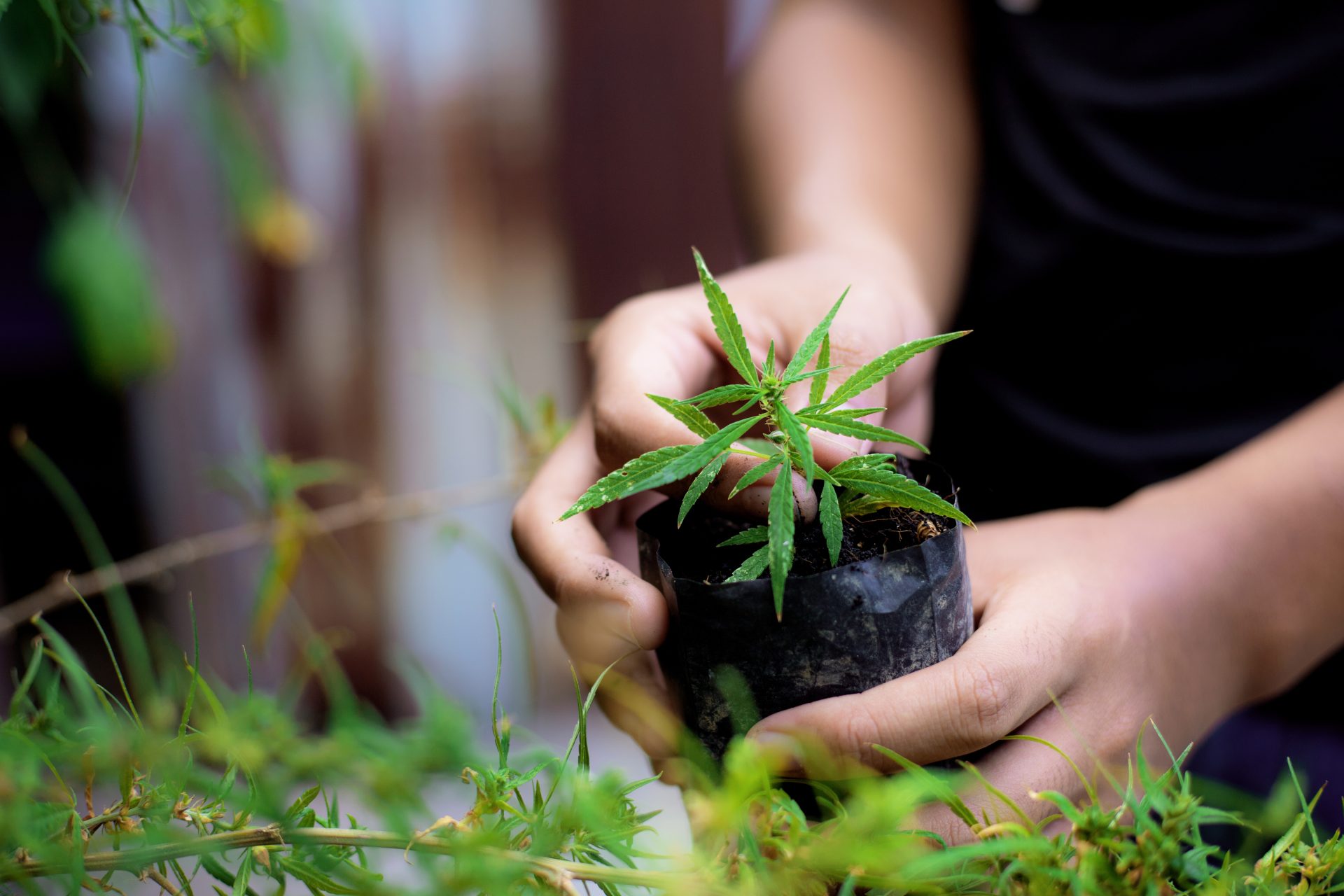
The process of cloning cannabis plants is an important skill for every cultivator to know. Cloning is when someone produces new cannabis plants with the same genetics as another plant. The process often involves using the cuttings taken from an original plant, known as the “mother plant,” with traits that the grower wishes to replicate in more plants.
Cloning is a method of plant propagation that requires taking a cutting from an original plant with certain quality genes, and then rooting the cut piece in water, soil, or other media. The purpose of cloning cannabis plants is primarily to produce new individual plants with certain desirable traits. For example, a grower may want to have more of a particular plant that produces especially high yields. In such a case, the quality genetics can be replicated by cloning rather than growing from a batch of the same seeds.
The clones, if grown in relatively similar conditions to their mother plant, will then produce similar yields or certain sought-after concentrations of compounds, such as cannabinoids and terpenes. Cloning your female, flower-producing plants also means that you can be certain that none of your new plants will grow up to be male.
Another benefit of cloning is that it skips the germination phase (and possibly the seedling and vegetative phases), resulting in faster cultivation times. Starting your cannabis plants from seeds can take significantly longer since they have to germinate and develop into plants. The mother plant determines the starting growth stage for clones when it is cut for cloning. Within a week or less, a single mother plant can yield several cannabis plants that are ready for progressive cultivation. However, it can take seeds over a month to develop into a healthy cannabis plant, and you cannot know whether these plants will be female or whether they will have the characteristics you are aiming for.
The cloning process can also be more cost-efficient than germinating plants from seeds. If you are already growing your own cannabis plants, then cloning should cost you about as much as a pair of scissors, some water, and perhaps a starting medium for rooting the clippings.

Once you choose your preferred mother plant, you’ll need to then remove a small cutting from one of the branches. Afterward, you should place the bottom of the cutting into clean water, high-quality soil, or a growth medium such as a rooting cube (recommended). After a root system grows from the cutting, you will transplant the clone to the typical soil mixture used for your other cannabis plants.
Starter cubes are small plugs that come in a variety of growing mediums designed to provide optimal air and water for the cutting to facilitate root growth. Check your clones daily when they are rooting. It is critical to maintain the proper amount of moisture and humidity, otherwise, your cuttings will not grow roots.
Avoid using loose soil as a rooting medium because soft soil cannot provide stability for forming strong roots. Starter cubes are not difficult to acquire—you can buy them online or at your local grow shop.
Here are some tips for taking care of the clones while they develop:
Whether you are new to growing or an experienced cultivator, cloning cannabis plants is a rewarding and interesting endeavor. Some people may clone plants to replicate a breed with desirable THC concentrations, terpene profiles, or yield. If you have a plant whose products are worth propagating, this guide can help start your journey to multiplying the benefits of your favorite plant.
No Information on MarijuanaDoctors.Com should be used to diagnose, treat, prevent or cure any disease or condition. You can view our Full Disclaimer here.